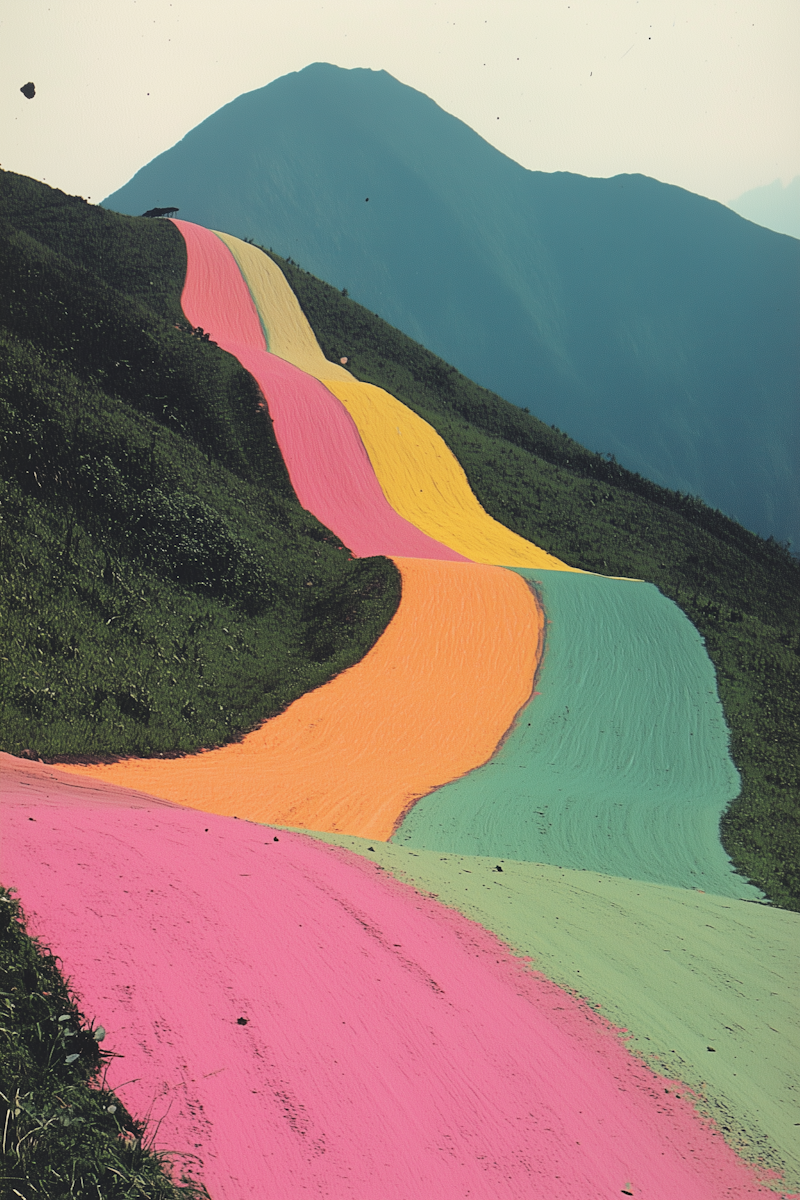Introduction
Most of our lives today happen through screens. We tap, swipe, and scroll through rectangles of glass. But what happens when the interface itself begins to fade? The future of UX/UI may not be about designing screens at all, it may be about designing experiences that dissolve into the spaces around us.
Content
- From screens to environments
With AR, VR, and spatial computing, the “interface” is no longer a flat surface. It’s a room, a gesture, a moment. Instead of designing buttons, we’ll design atmospheres. Instead of layouts, we’ll design movements. The boundary between the digital and the physical will blur until interaction feels as natural as looking or reaching. - Invisible doesn’t mean absent
When interfaces disappear, design doesn’t vanish—it transforms. Think of the best designs you’ve ever used: they guided you so seamlessly you didn’t even notice them. The future will take this further. Imagine interfaces that anticipate needs, adapt to emotions, and whisper guidance without clutter. Invisible design is not emptiness—it’s presence without friction. - Emotion as the true interface
If tomorrow’s design is everywhere, then emotion becomes the most important touchpoint. Trust, calm, joy—these will matter more than clicks and conversions. The interface of the future will be felt, not seen. UX will shift from usability to resonance. - The designer’s role
As technology becomes more immersive, designers will carry greater responsibility. To create experiences that are not only intuitive, but also ethical, inclusive, and humane. We won’t just design interactions—we’ll design how people live alongside technology.
Conclusion
The future of UX/UI is not about designing better screens—it’s about designing for the moments when screens no longer exist.
When interfaces disappear, what remains is us: our stories, our emotions, and the way design helps us feel at home in a world where digital and physical become one.
.svg)
.png)

.png)